Understanding Infrared and Red Light Therapy
Light therapy has gained significant popularity for its numerous health benefits. However, when discussing infrared light therapy and red light therapy, many people are unsure about the key differences. Both therapies utilize electromagnetic radiation to promote healing and wellness, but they operate at different wavelengths, affecting the body in distinct ways.
What is Red Light Therapy?
Red light therapy involves the use of visible red light, typically within the 600-700nm range. This therapy is widely recognized for its skin-rejuvenating properties and its ability to enhance wound healing. Red light therapy devices emit a gentle, warm light that penetrates the skin’s surface, stimulating circulation and promoting tissue repair.
Benefits of Red Light Therapy
- Enhances wound healing and skin regeneration.
- Improves blood flow to the treated areas.
- Reduces inflammation and supports pain relief.
- Stimulates collagen production for healthier skin.
What is Infrared Light Therapy?
Unlike red light therapy, infrared light therapy operates at longer wavelengths (700nm to 1mm) and is invisible to the human eye. Far infrared light therapy devices use far infrared radiation (FIR) to penetrate deeper into the body’s tissue, targeting muscle and joint discomfort while improving circulation.
How Infrared Therapy Works
Infrared therapy generates infrared heat, which penetrates tissue at a deeper level compared to red light therapy. This promotes cardiovascular health, enhances pain management, and helps with chronic pain conditions. Many therapy devices are designed to provide far-infrared therapy, which is known for its deeper penetration and systemic effects.
Benefits of Infrared Therapy
- Supports chronic pain to cardiovascular issues.
- Enhances blood flow and reduces muscle pain.
- Promotes cardiovascular health and circulation.
- Stimulates detoxification processes in the body.
Comparing Near Infrared and Far Infrared Therapy
Near Infrared Light Therapy
- Operates at shorter wavelengths (700nm-1400nm).
- Supports wound healing and skin microcirculation.
- Penetrates tissue slightly deeper than red light therapy.
Far Infrared Therapy
- Utilizes far infrared radiation to deeply penetrate the body.
- Works well for pain management and inflammation.
- Supports cardiovascular health and circulation.
Far-infrared therapy on increasing skin microcirculation has been studied for its ability to improve peripheral arterial disease and enhance overall circulation.
The Science Behind Infrared and Red Light Therapy
Far Infrared Technology & Therapeutic Effects
Studies show that far infrared and infrared technology improve circulation, reduce inflammation, and support chronic pain management. Research on the effects of repeated thermal therapy highlights its impact on cardiovascular disease. Additionally, far-infrared therapy induces the nuclear translocation of proteins associated with tissue repair and regeneration.
How Therapy Helps the Body
- Infrared sauna therapy promotes relaxation and detoxification.
- Thermal therapy up-regulates endothelial nitric oxide, improving blood flow.
- Effects of far-infrared therapy include pain reduction and tissue healing.
- Heat therapy aids in pain relief and muscle relaxation.
- Effects of whole-body cryotherapy vs infrared treatments show promising results in pain management.
How to Use Infrared & Red Light Therapy Devices
When choosing therapy products, it is important to consider their intended therapeutic effects. Light therapy devices vary in terms of wavelength, penetration depth, and treatment goals.
- Infrared heat lamps are commonly used for targeted heat therapy.
- FIR sauna therapy offers a full-body experience for detoxification and pain relief.
- Gladiator therapeutics devices provide targeted far infrared therapy solutions.
- Therapy pad applications help with localized chronic pain relief.
Regular FIR Therapy for Optimal Health
Studies indicate that regular FIR therapy can lead to long-term health benefits. The biological effect of far-infrared therapy includes improved circulation, enhanced cardiovascular health, and reduced inflammation. In fact, therapy improves peripheral arterial disease, making it a valuable approach for individuals with circulatory concerns.
Consultation and Safety Considerations
Before using far infrared or near and mid-infrared technology, individuals should consult with a healthcare professional. While these therapies are generally safe, it is essential to use them correctly to maximize their therapeutic effects.
Turn self-care into a pleasure and enjoy visible results after the first procedures with an electric mask for removing wrinkles! You can buy this device at the best price in our online store.
Conclusion
Both infrared light therapy and red light therapy offer unique therapeutic effects. Red light therapy works best for surface-level treatments like wound healing and skin health, while far-infrared therapy provides deeper penetration and systemic effects for chronic pain and cardiovascular health. By choosing the right therapy device, individuals can experience the numerous health benefits these innovative treatments provide.

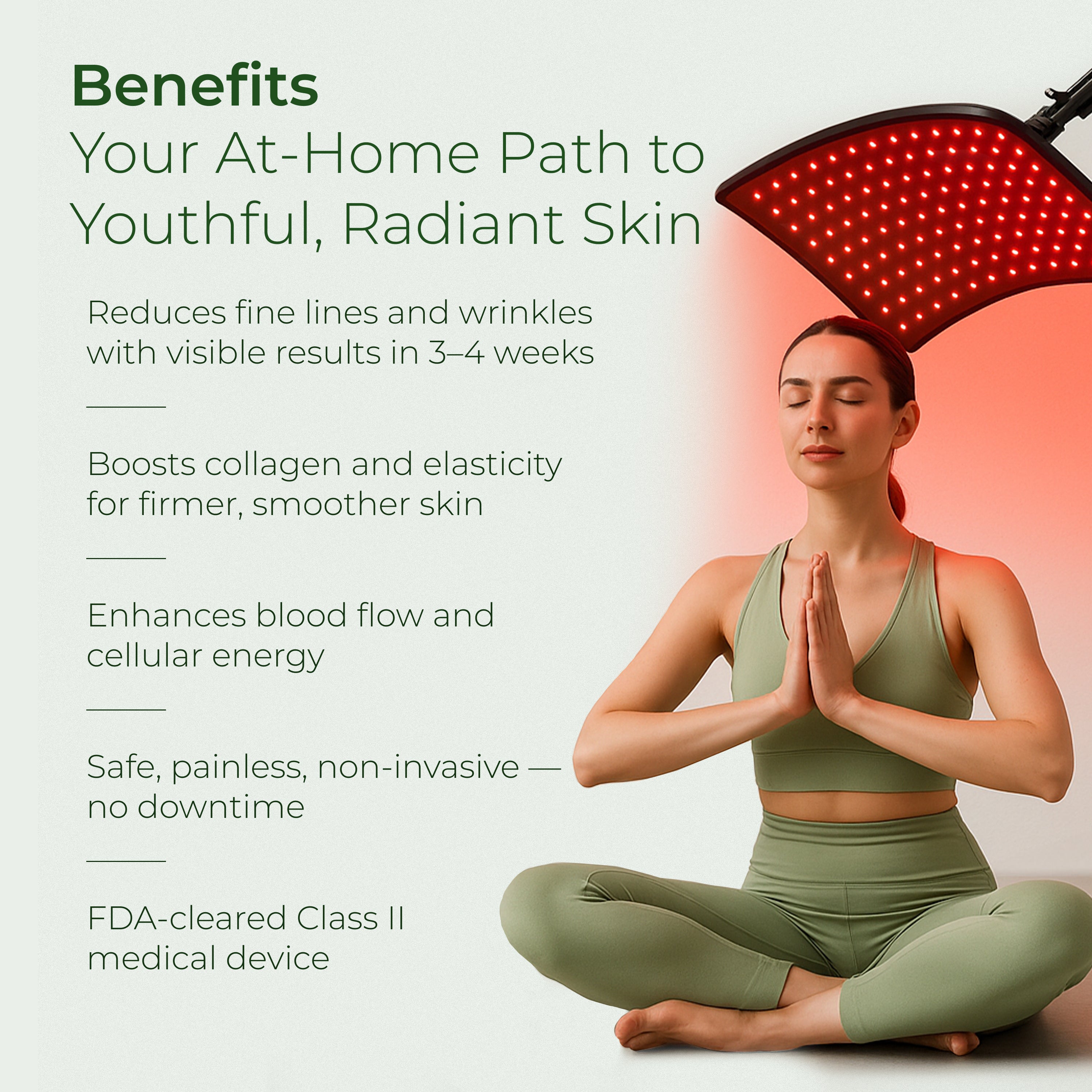

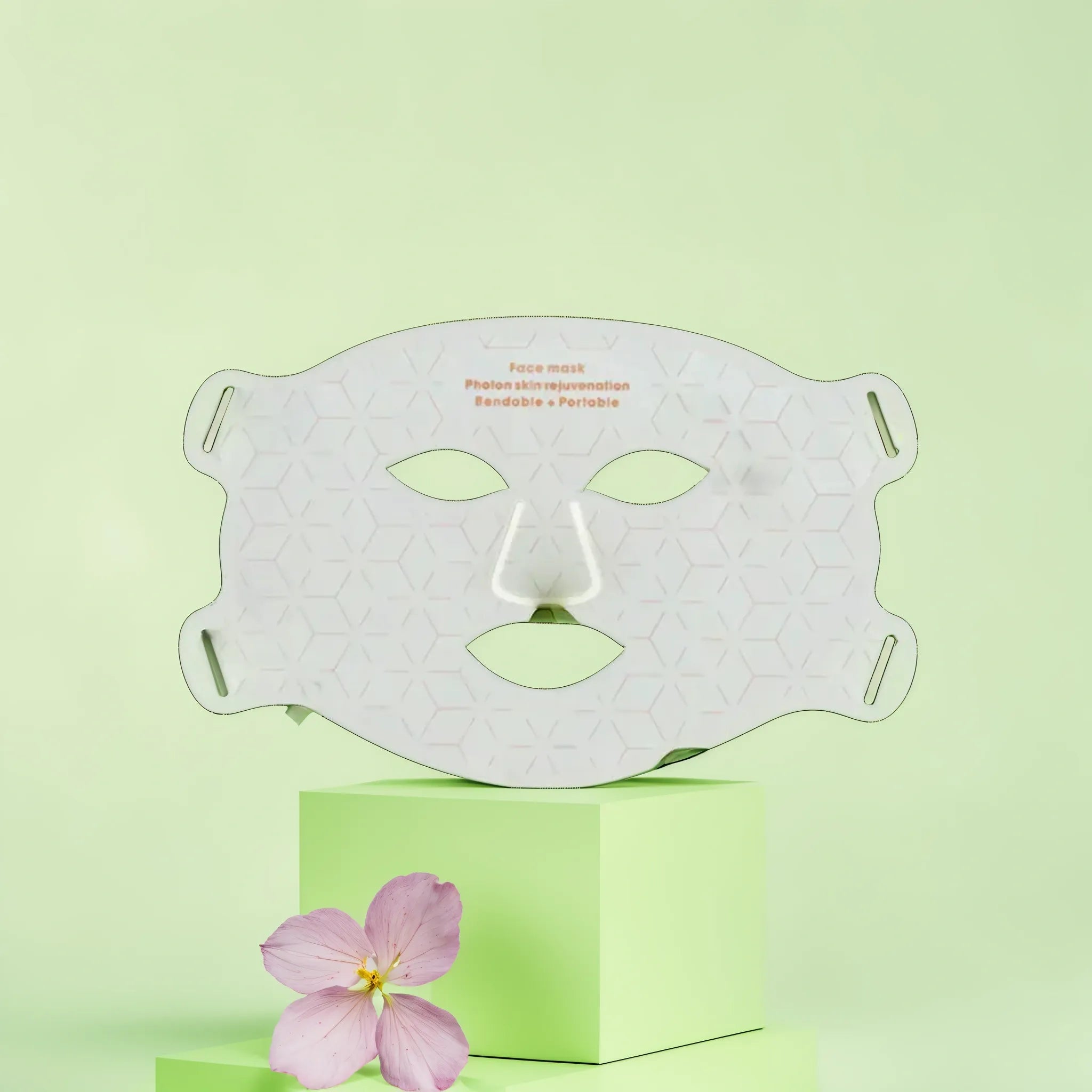
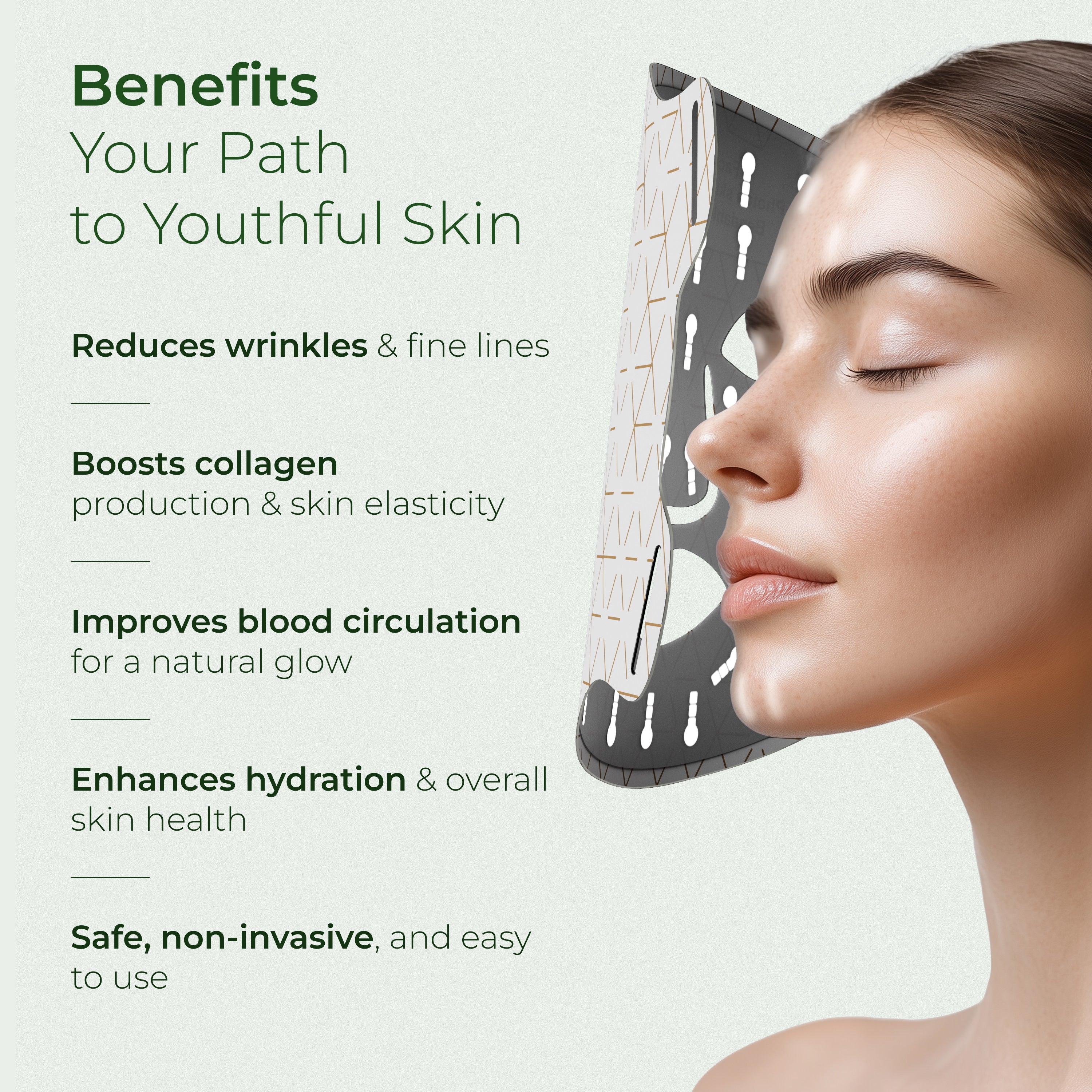


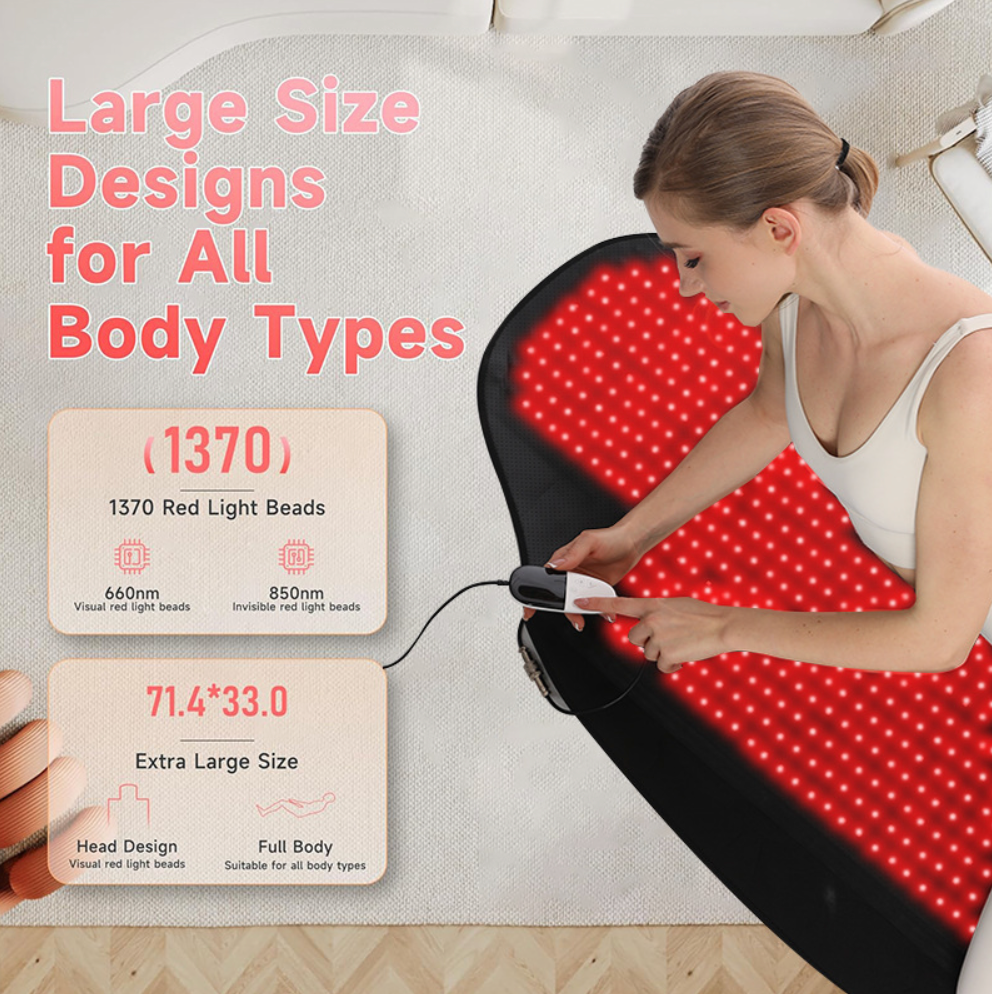
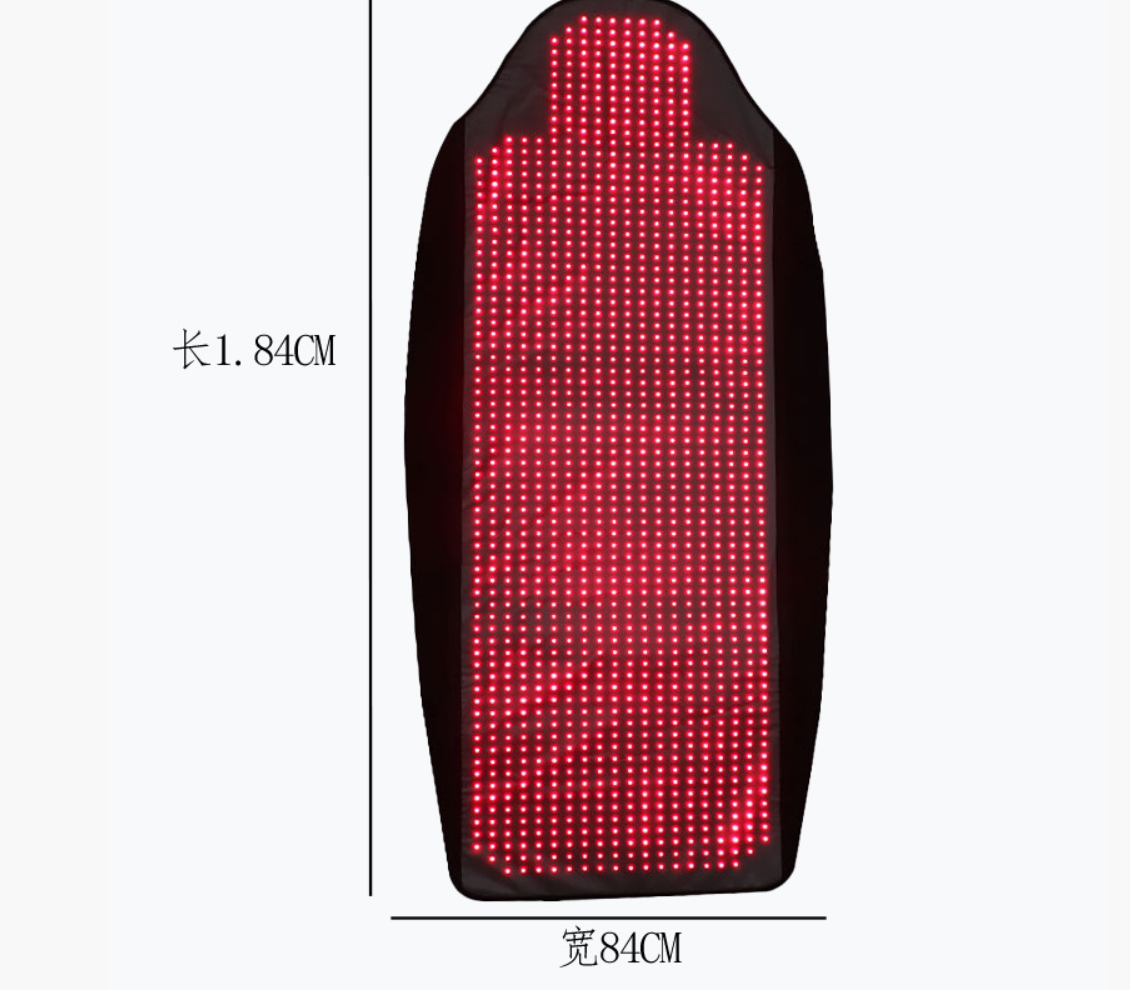


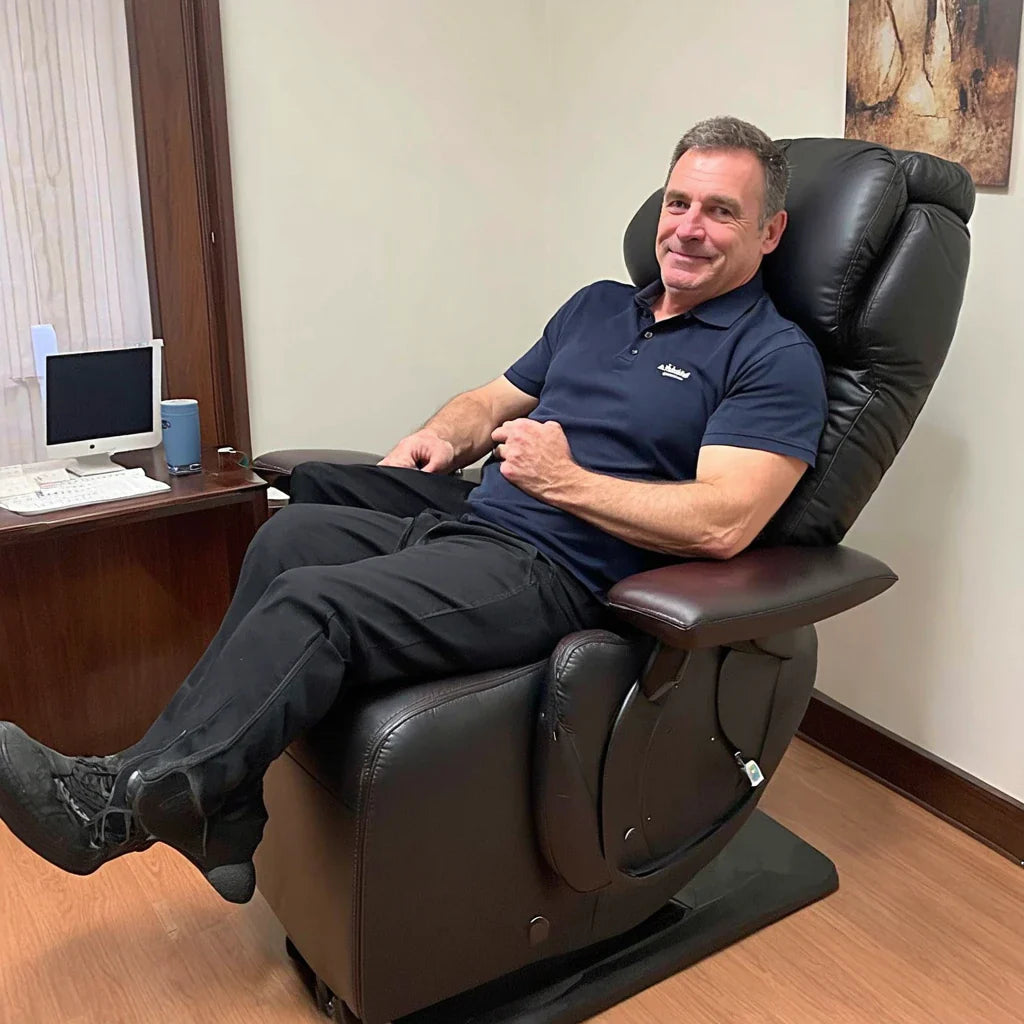
Hinterlasse einen Kommentar
Diese Website ist durch hCaptcha geschützt und es gelten die allgemeinen Geschäftsbedingungen und Datenschutzbestimmungen von hCaptcha.